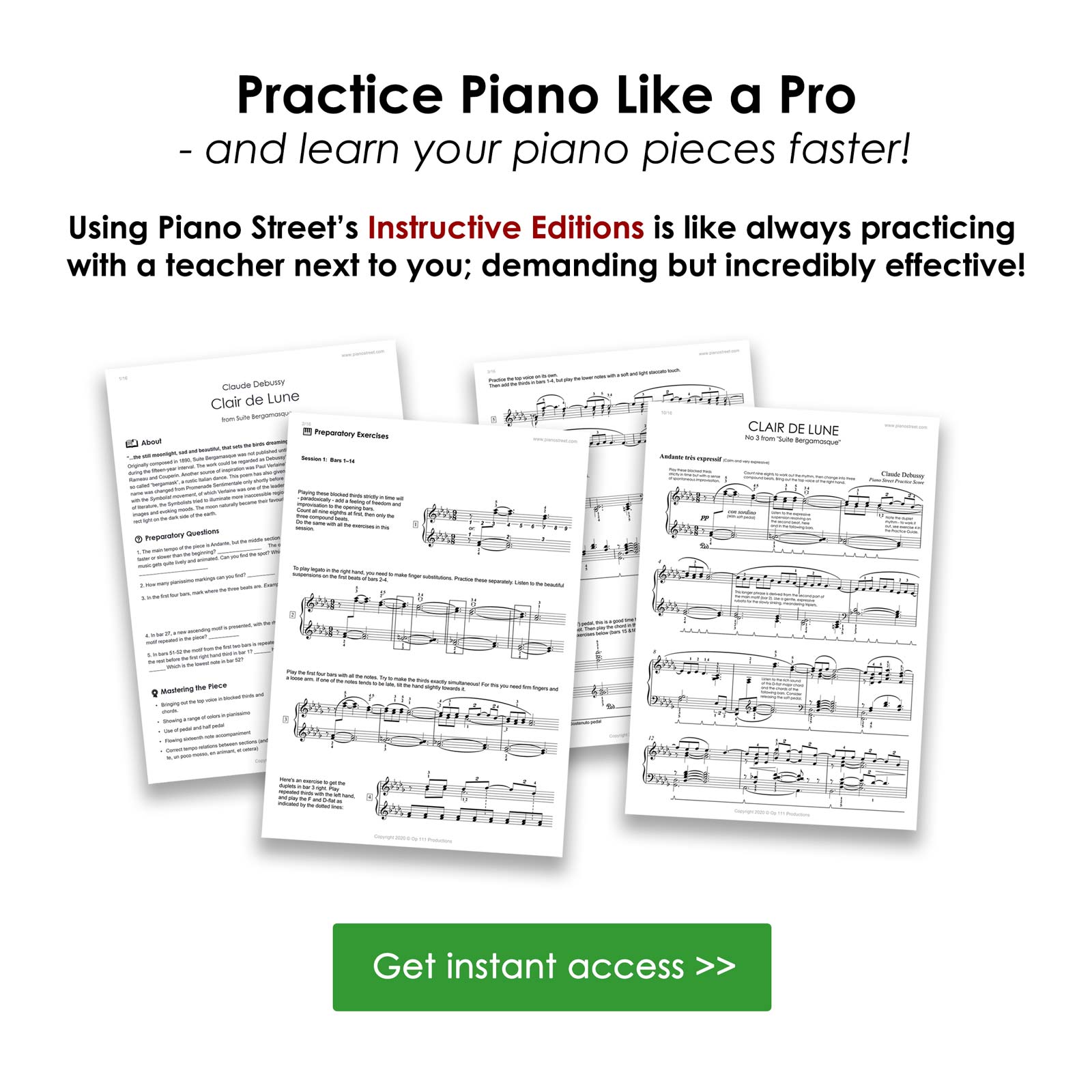Piano Forum
Piano Street Magazine:
The World of Piano Competitions – issue 2 2025
The World of Piano Competitions magazine is a well-established reference for anyone seeking a deeper understanding of today’s international classical piano landscape. In this new issue, Chopin stands at the centre — not merely as the focus of a competition, but as a celebration of a unique musical legacy. Read more
For more information about this topic, click search below!
 Topic: Cortot's rational principles of technique
Topic: Cortot's rational principles of technique 